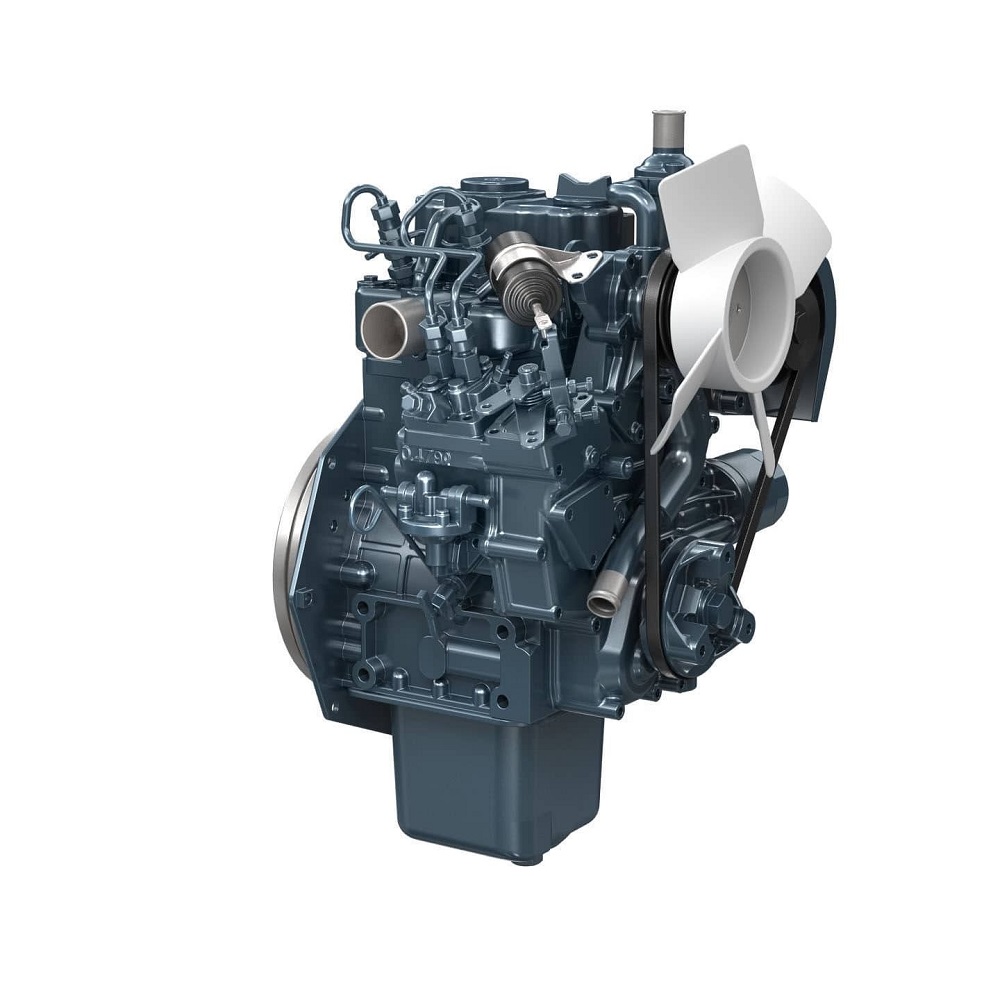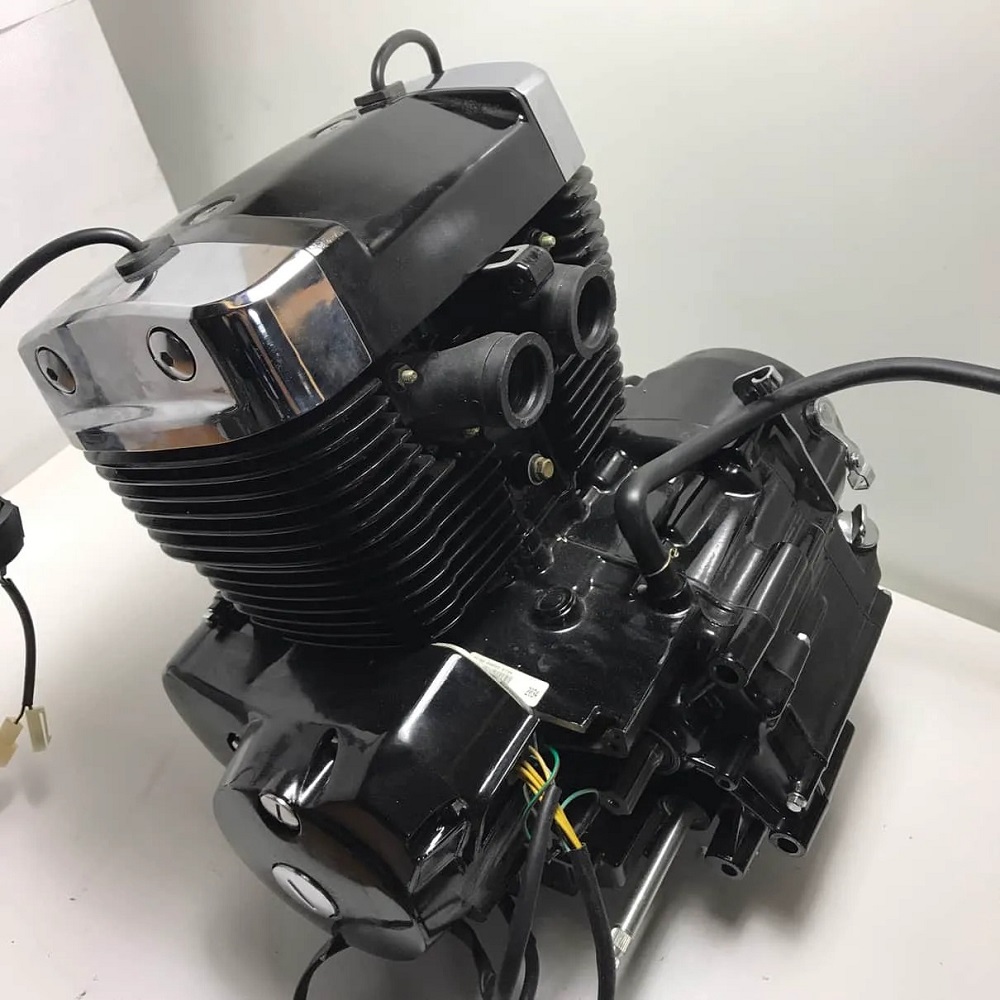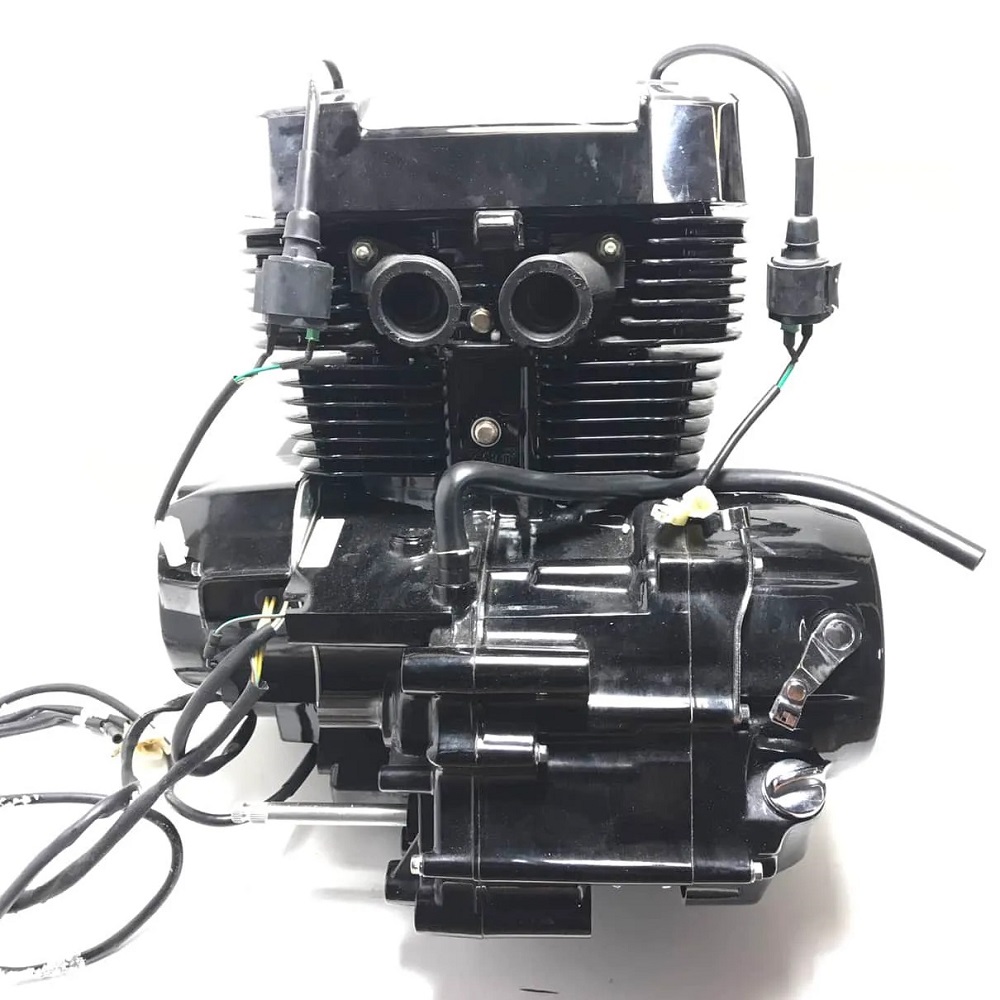Introduction to 2 Cylinder Engines
An Overview of Engine Types
Internal combustion engines have evolved significantly over the years, leading to the development of various configurations. Among these configurations, the 2-cylinder engine has gained attention for its unique advantages. While many are familiar with 4-cylinder and 6-cylinder engines, the 2-cylinder engine holds a distinct place in both automotive and motorcycle applications. Known for its simplicity and efficiency, a 2-cylinder engine often appeals to specific niches of the market. Understanding how it works and its main advantages can help automotive enthusiasts make informed decisions.

The Mechanism of a 2 Cylinder Engine
A 2-cylinder engine consists of two combustion chambers, each containing a piston. These pistons work in tandem to convert fuel into mechanical energy, propelling the vehicle forward. The two cylinders operate in either a parallel or a V configuration, providing a compact design that is advantageous for certain vehicles. The engine’s design allows it to be lightweight, making it an appealing choice for motorcycles and small cars. By understanding the basic mechanics of a 2-cylinder engine, you can appreciate its role in modern automotive engineering.
Purpose of This Guide
This guide aims to explore the advantages and performance characteristics of 2-cylinder engines. We will look at various applications, the benefits they offer, and how they compare to other engine configurations. By the end of this article, you will have a better understanding of the 2-cylinder engine and its relevance in the automotive industry. Whether you are considering purchasing a vehicle with a 2-cylinder engine or simply want to learn more about it, this guide will provide valuable insights.
Advantages of 2 Cylinder
Fuel Efficiency
One of the most prominent advantages of 2-cylinder engines is their fuel efficiency. With fewer cylinders, these engines require less fuel to operate, making them an excellent choice for those seeking economical options. In many cases, small vehicles equipped with 2-cylinder engines achieve impressive miles per gallon (MPG) ratings. This fuel efficiency is particularly appealing in densely populated urban areas where congestion and traffic can lead to lower overall economy figures. By opting for a 2-cylinder engine, drivers can enjoy reduced fuel costs without sacrificing mobility.

Lightweight Design
The compact design of 2-cylinder engines contributes to their lightweight nature. This is particularly beneficial for motorcycles and small cars, where weight plays a pivotal role in overall performance. A lighter engine allows for better handling and improved acceleration, as the vehicle requires less energy to move. The agility of these vehicles lends itself well to a variety of driving conditions, making them enjoyable for both city and highway travel. Those seeking a nimble and responsive vehicle often find that a 2-cylinder engine fits their needs perfectly.
Simplified Engineering
The engineering behind 2-cylinder engines tends to be simpler than that of larger engines. With fewer moving parts, maintenance can be less complicated and more cost-effective. This makes 2-cylinder engines appealing for those who prefer straightforward designs. If a part needs replacement or repair, it can often be done without extensive labor or specialized knowledge. This user-friendliness is a significant benefit for those who wish to minimize long-term ownership costs.
Applications of 2 Cylinder
Motorcycles
Motorcycles are one of the most common applications for 2-cylinder engines. These engines offer the right balance of power and efficiency, making them particularly suitable for riders. Many popular motorcycle brands produce 2-cylinder models that provide excellent torque and handling. The lightweight nature of these engines enhances the overall performance of the motorcycle, allowing for quick accelerations and maneuverability in tight spaces. Riders appreciate the responsiveness and agility that 2-cylinder engines deliver, making them an excellent choice for both novice and experienced riders.

Small Cars
In addition to motorcycles, 2-cylinder engines are popular in small cars, particularly in the city car category. Many compact and subcompact vehicles utilize 2-cylinder engines to achieve high fuel efficiency. Popular models often embrace eco-conscious design, attracting drivers who prioritize sustainability. With their ability to provide comfortable performance for daily commutes and short trips, these small cars become practical choices for urban living. Their eco-friendly nature and affordability resonate with drivers who seek efficiency without compromising on quality.
Lawn Equipment and Other Machinery
Beyond automotive applications, 2-cylinder engines are utilized in various machines and equipment, such as lawn mowers, generators, and power tools. The lightweight and compact design allows for easy transport and operation in outdoor settings. These engines provide the power needed for regular tasks, making them essential in landscaping and maintenance. Users benefit from the reliability and efficiency of 2-cylinder engines, which contribute to their practical use in everyday activities.
Performance Characteristics of 2 Cylinder
Power Delivery and Torque
The power delivery of 2-cylinder engines is distinct from other configurations. While they may not generate the same peak horsepower as larger engines, they often provide adequate torque for real-world driving conditions. The torque produced is readily available at lower RPMs, making acceleration smooth and responsive. This characteristic is particularly beneficial in applications like motorcycles, where quick takeoff is desired. Riders can enjoy a thrilling experience without needing an excessive engine size.
Noise and Vibration Levels
Another performance aspect of 2-cylinder engines is their sound and vibration levels. These engines tend to produce different acoustic profiles compared to larger engines. The sound can offer a sporty and lively character, particularly appreciated by motorcycle enthusiasts. However, some drivers might notice increased vibration when compared to smoother, larger engines. For many, the benefits of agility and responsiveness outweigh any minor discomfort caused by vibrations. Choosing a well-tuned 2-cylinder engine can minimize these effects, ensuring a pleasant driving experience.

Longevity and Reliability
When properly maintained, 2-cylinder engines can be incredibly reliable. Their simpler design reduces the chances of mechanical failure and requires less complex maintenance routines. Many manufacturers produce 2-cylinder engines with robust components designed to withstand wear and tear. As with any engine, regular oil changes, coolant checks, and routine inspections can boost longevity. Rider education about proper care can safeguard the engine’s performance and ensure it serves reliably for years.
Comparing 2 Cylinder to Other Configurations
4 Cylinder Engines
When comparing 2-cylinder engines to 4-cylinder engines, there are notable differences. While 4-cylinder engines generally produce more horsepower, they can sacrifice fuel efficiency for that power. Additionally, 4-cylinder engines tend to be heavier, which can affect handling. For urban driving and daily commutes, 2-cylinder engines win in fuel economy and agility. The right choice between the two often depends on the driver’s specific needs and preferred driving style.
6 Cylinder Engines
6-cylinder engines offer superior performance in terms of power and acceleration. They are frequently found in performance-oriented vehicles that require additional strength. However, these engines typically consume more fuel and may come with increased maintenance costs. For casual riders or drivers prioritizing fuel economy and simplicity, a 2-cylinder engine is likely more appealing. Each configuration has its advantages, with 2-cylinder engines excelling in efficiency and practicality.
Electric and Hybrid Alternatives
With the rise of electric and hybrid vehicles, the discussion surrounding traditional internal combustion engines continues to evolve. Electric motors offer instant torque and silent operation. However, current electric vehicles often come with a higher purchase price and limited range compared to gasoline-powered options. Hybrid systems attempt to balance fuel efficiency and performance but can add complexity to vehicle maintenance. While electric and hybrid technologies present exciting possibilities, 2-cylinder engines remain a reliable and cost-effective choice for many drivers today.

Maintenance Tips for 2 Cylinder
Regular Engine Checks
Proper maintenance is vital for the longevity of a 2-cylinder engine. Regular checks ensure that all fluids are at their recommended levels. This includes oil, coolant, and transmission fluid. By keeping an eye on fluid levels, potential issues can be identified early, preventing costly repairs in the future. It’s advisable to consult the owner’s manual for specific service intervals and recommended checks to maintain optimal performance.
Routine Oil Changes
Frequent oil changes are necessary to ensure the engine runs smoothly. Oil lubricates engine components, reducing friction and wear. A general rule of thumb is to change the oil every 3,000 to 5,000 miles, although some modern engines may allow longer intervals based on manufacturer recommendations. Using the correct oil type and filter will also enhance engine performance and longevity.
Keeping Standards
Keeping your vehicle clean is equally important to overall maintenance. Regularly wash the engine compartment and keep air filters clean to promote optimum airflow. This practice prevents dirt and debris from entering the engine and affecting performance. Additionally, inspect belts and hoses for signs of wear or damage. These components can cause serious issues if not regularly maintained, so prioritizing inspections can save time and money in the long run.
Conclusion: Embracing the 2 Cylinder Engine
The Appeal of 2 Cylinder Engines
In conclusion, the 2-cylinder engine offers exceptional advantages for various applications, from motorcycles to small vehicles. Its design provides efficient performance, lightweight handling, and user-friendly maintenance requirements. While it may not produce the same power as larger engines, the benefits of fuel efficiency and practicality cannot be ignored. Car and motorcycle manufacturers continue to innovate, making 2-cylinder engines a wise choice for many drivers.
Making Informed Decisions
Understanding the features and benefits of 2-cylinder engines enables consumers to make informed decisions. Evaluating individual needs—such as whether daily commutes or off-road riding is a priority—can help guide the selection process. A well-chosen 2-cylinder engine can lead to an enjoyable and reliable driving experience. Riders and drivers alike should take the time to consider how a 2-cylinder engine might fit into their lifestyle.
Enjoying the Ride
Ultimately, the journey and experiences gained while riding or driving add to the appeal of owning a 2-cylinder engine vehicle. These engines provide opportunities for exploration and adventure. As technology advances, the 2-cylinder engine’s relevance should only grow in enthusiasm among enthusiasts and casual riders alike. Embrace the journey, enjoy the ride, and appreciate the performance that a 2-cylinder engine has to offer.


